Physical Address
304 North Cardinal St.
Dorchester Center, MA 02124
Imaging is often pivotal in making a diagnosis in pediatric ophthalmology. We hope to highlight the way the pediatric ophthalmologist and radiologist can form an effective team when dealing with children with orbital and/or visual pathway problems.
Effective communication between ophthalmologist and radiologist is crucial to optimizing imaging. This could range from written request to personal conversation. This communication may be very brief, but more complex cases will sometimes need more discussion.
It is not necessary or possible for an ophthalmologist to keep up on every technical development in imaging. Rather than memorizing a few key facts about magnetic resonance imaging (MRI) techniques, it may be more useful to invest energy in the ophthalmology–radiology collaborative relationship.
This multidisciplinary exchange will typically focus attention on the following questions.
Every imaging study represents an attempt to answer certain questions. To formulate these questions, it is helpful to consider and share with the radiologist the elements of the ophthalmologic history and examination, including the following.
The age of the patient influences the need for sedation, the imaging equipment utilized for image acquisition, and the interpretation. Age-specific differential diagnostic considerations can influence the selection of MRI sequences ( Fig. 9.1 ).
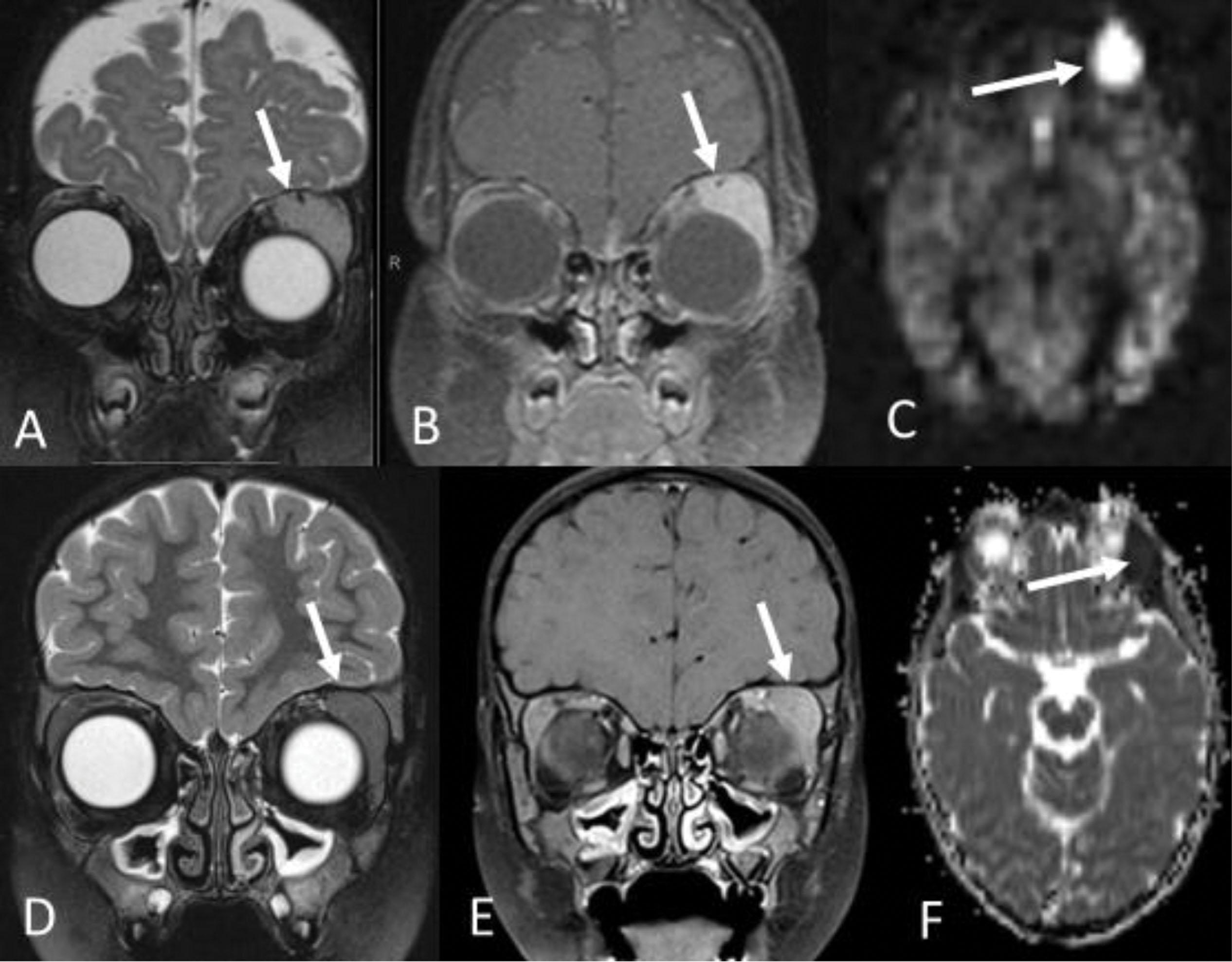
Observations regarding events preceding symptoms can aid image planning and interpretation ( Fig. 9.2 ). The patient’s medical history can also be important ( Fig. 9.3 ).
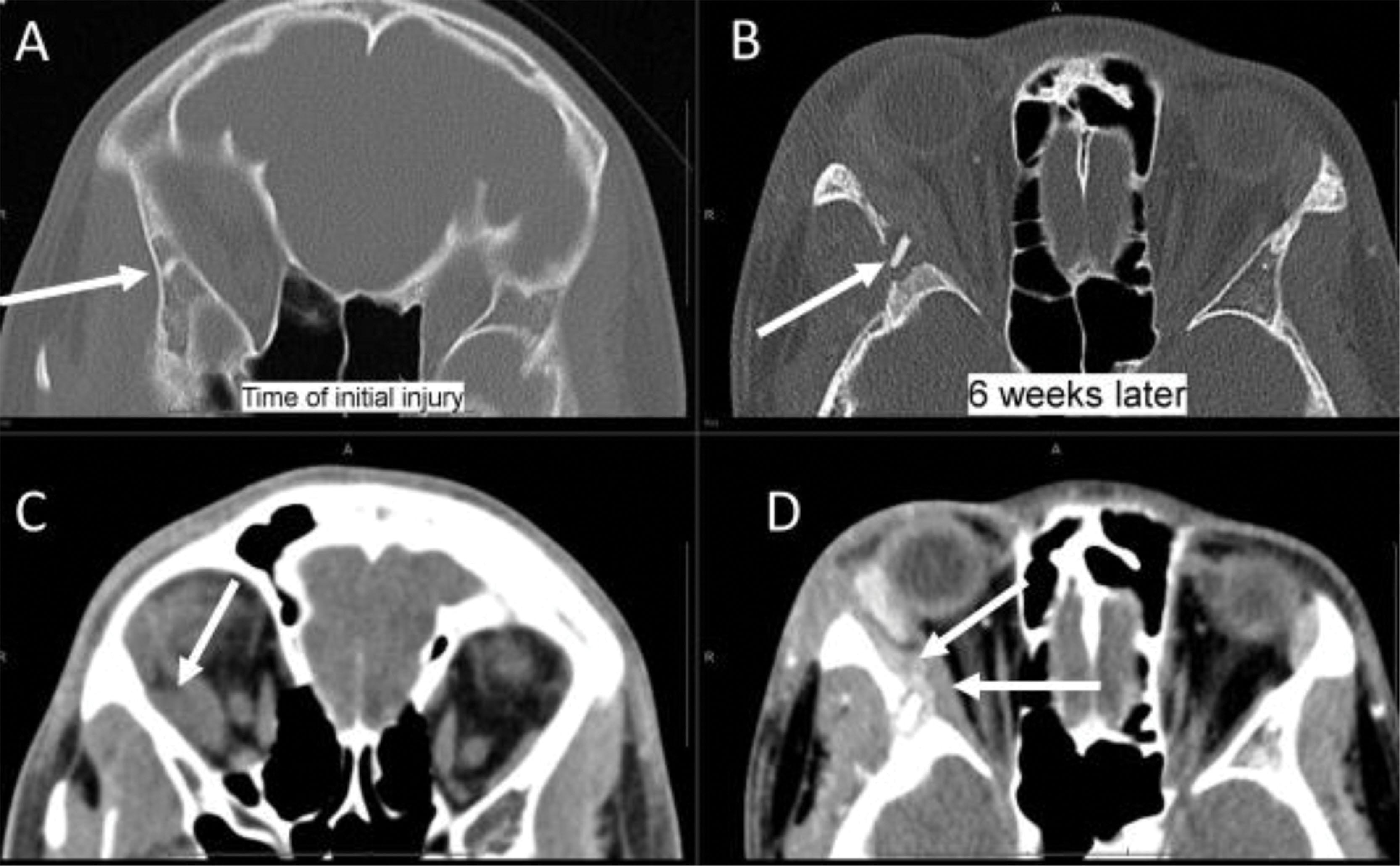
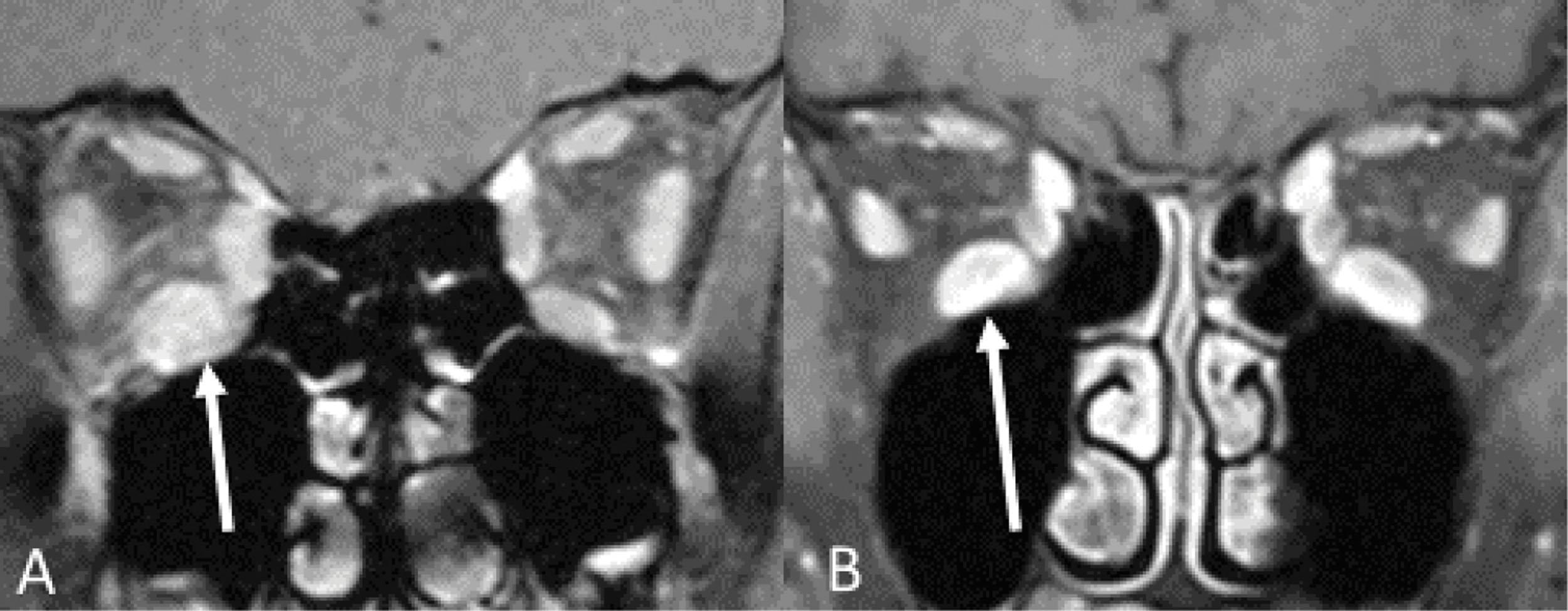
Sometimes the symptoms are not specific and require a generic imaging protocol. At times, however, symptoms will be specific and guide both the timing and content of imaging ( Fig. 9.4 ).
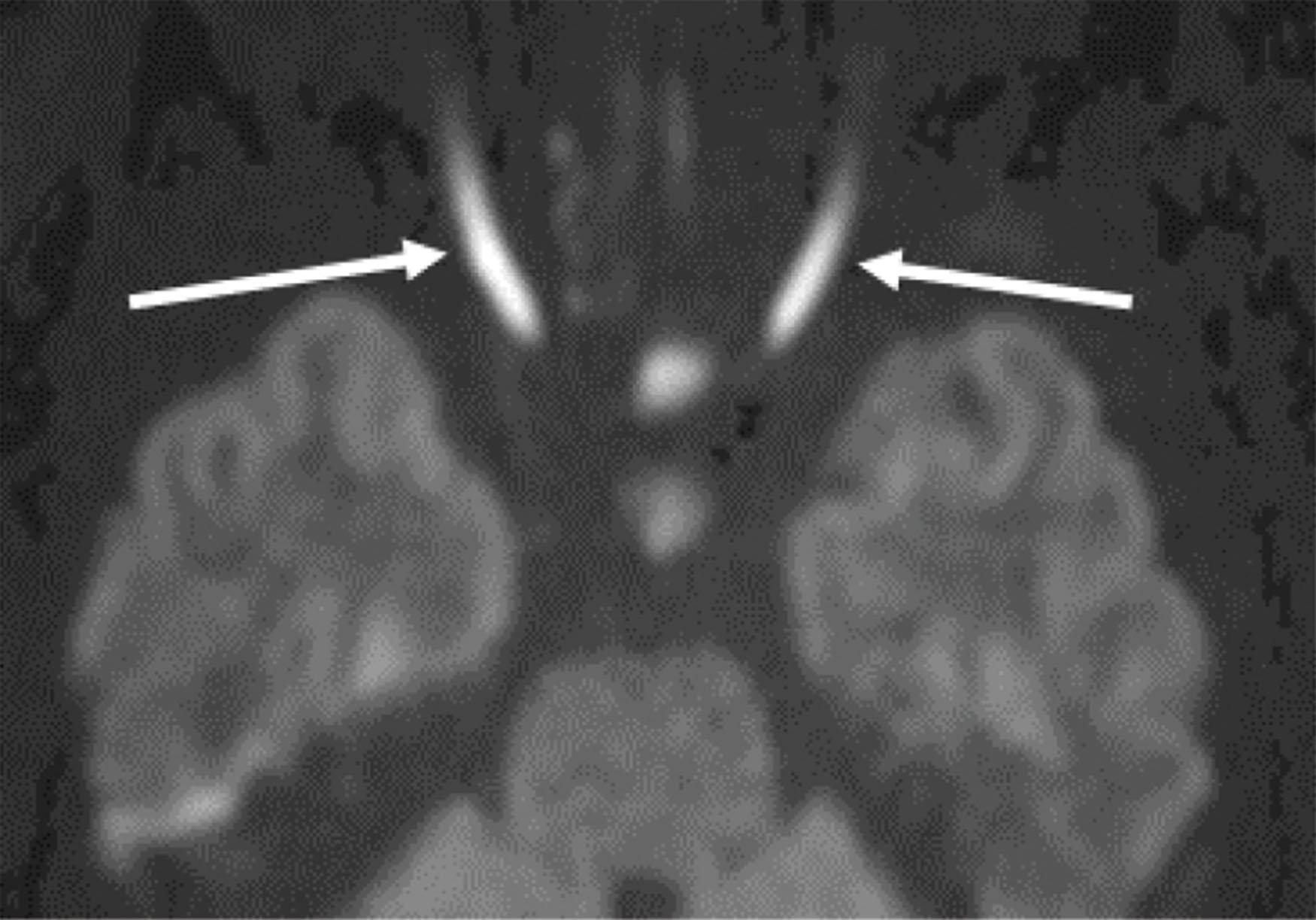
The duration of symptoms and signs influences imaging timing and modality ( Fig. 9.5 ). Knowing that the symptoms are episodic/recurrent or static/isolated may also inform the imaging technique and interpretation ( Fig. 9.6 ).
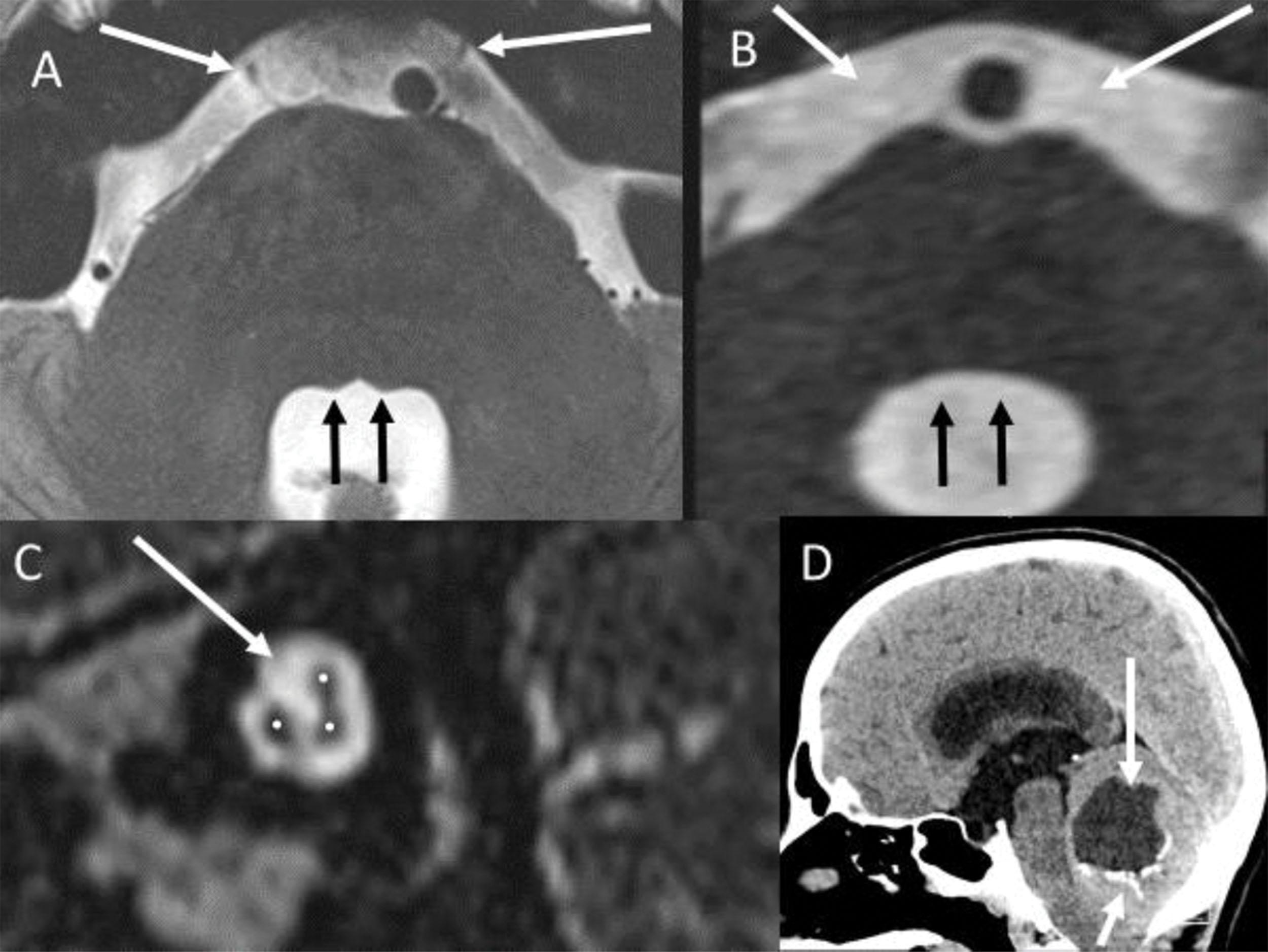
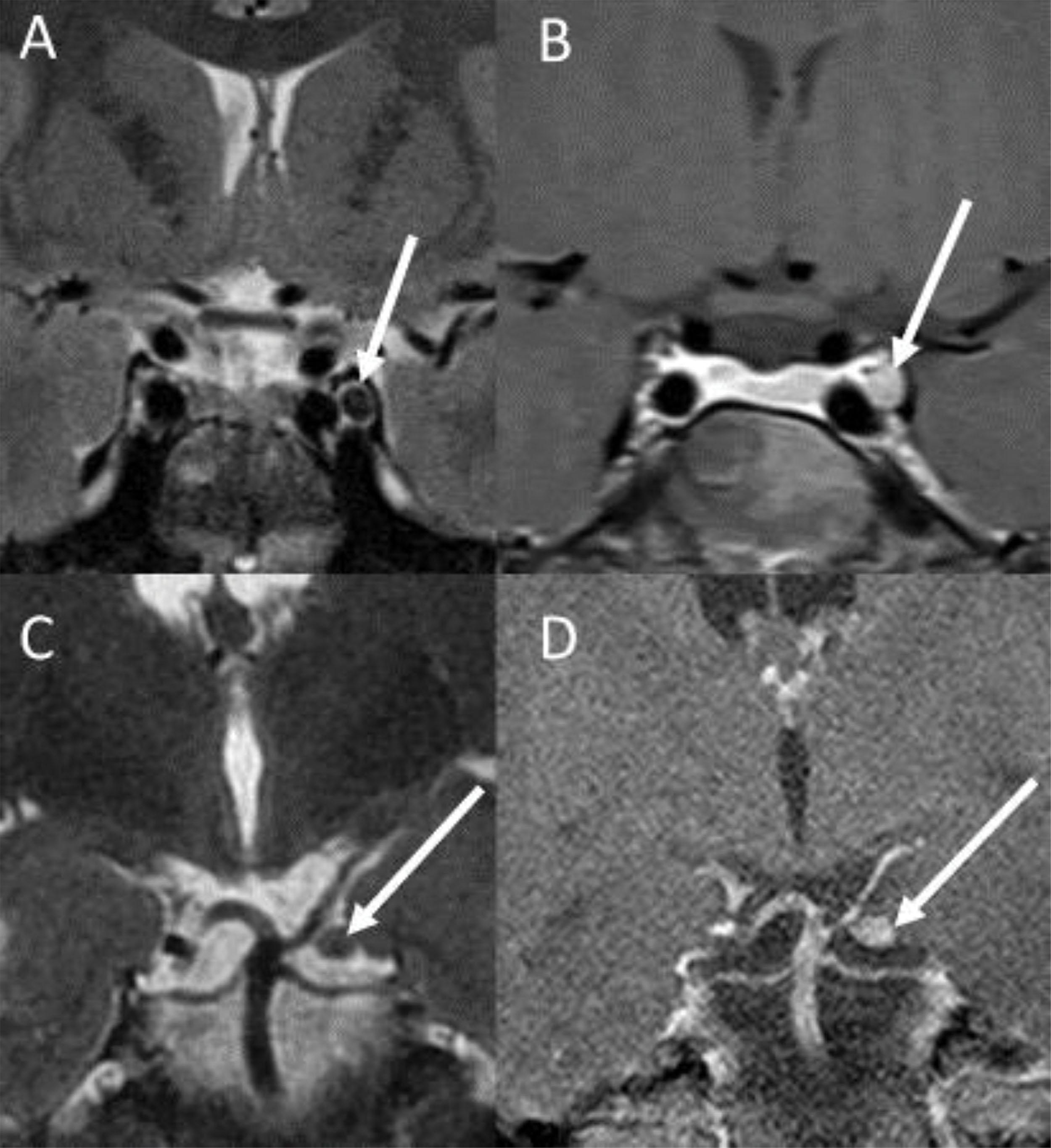
Become a Clinical Tree membership for Full access and enjoy Unlimited articles
If you are a member. Log in here